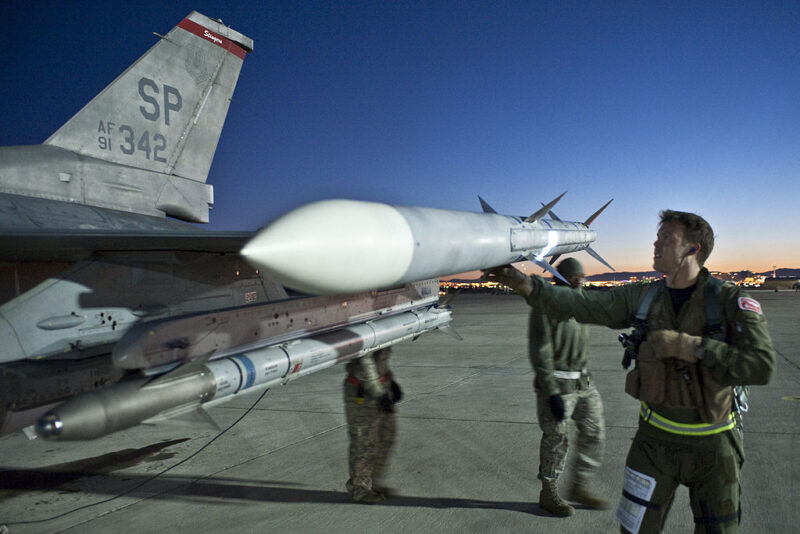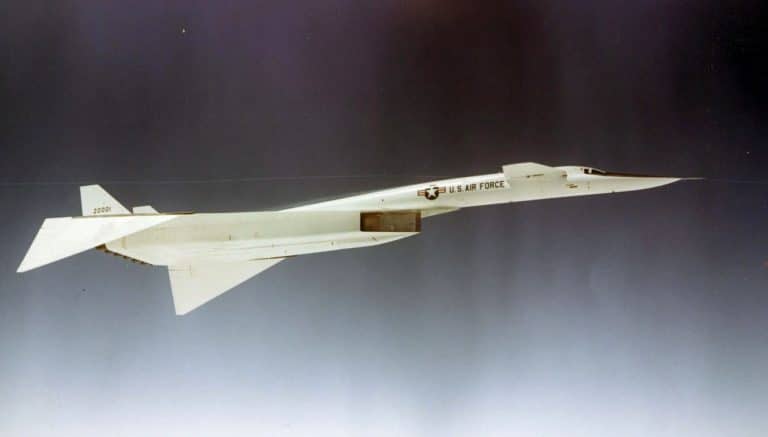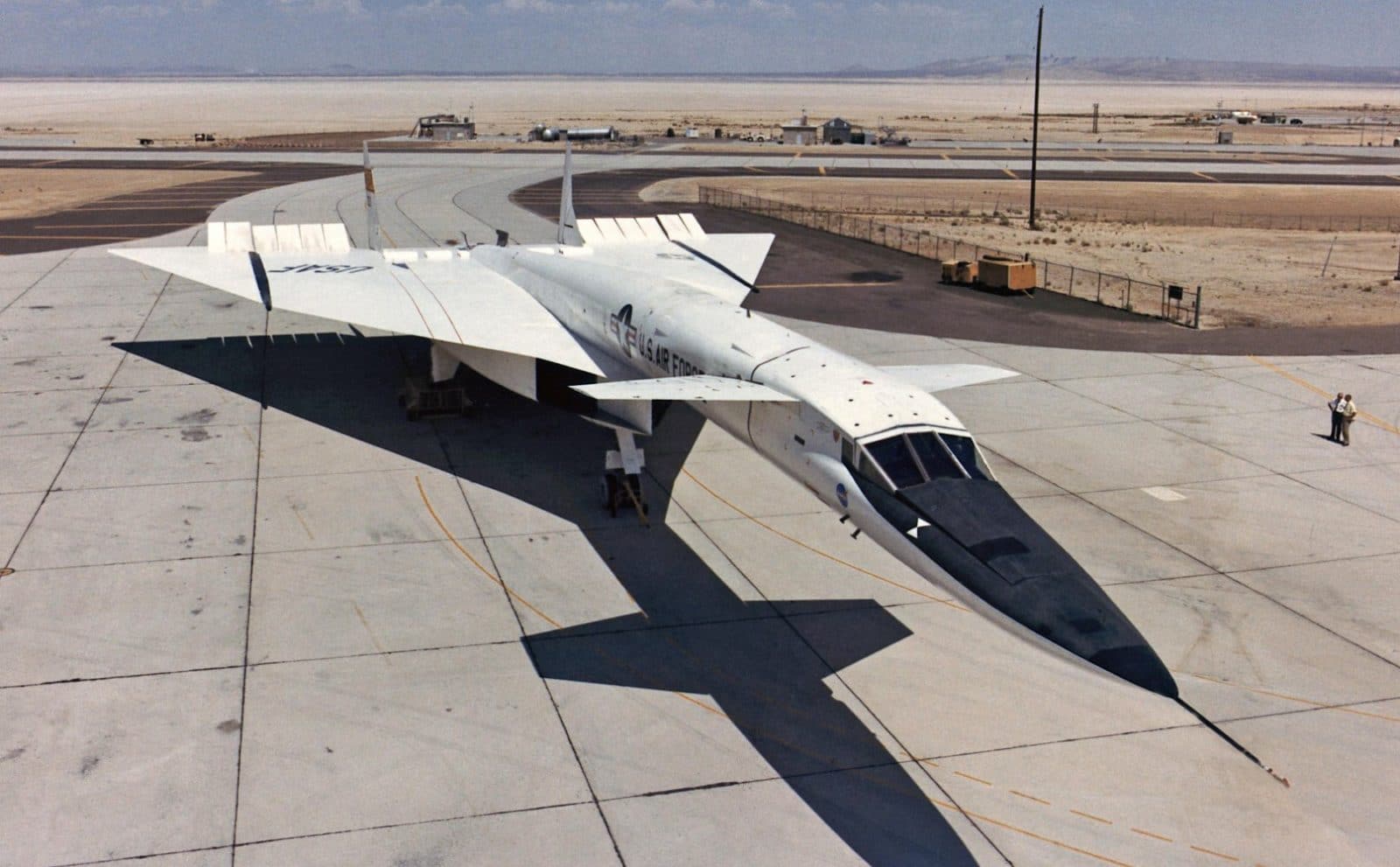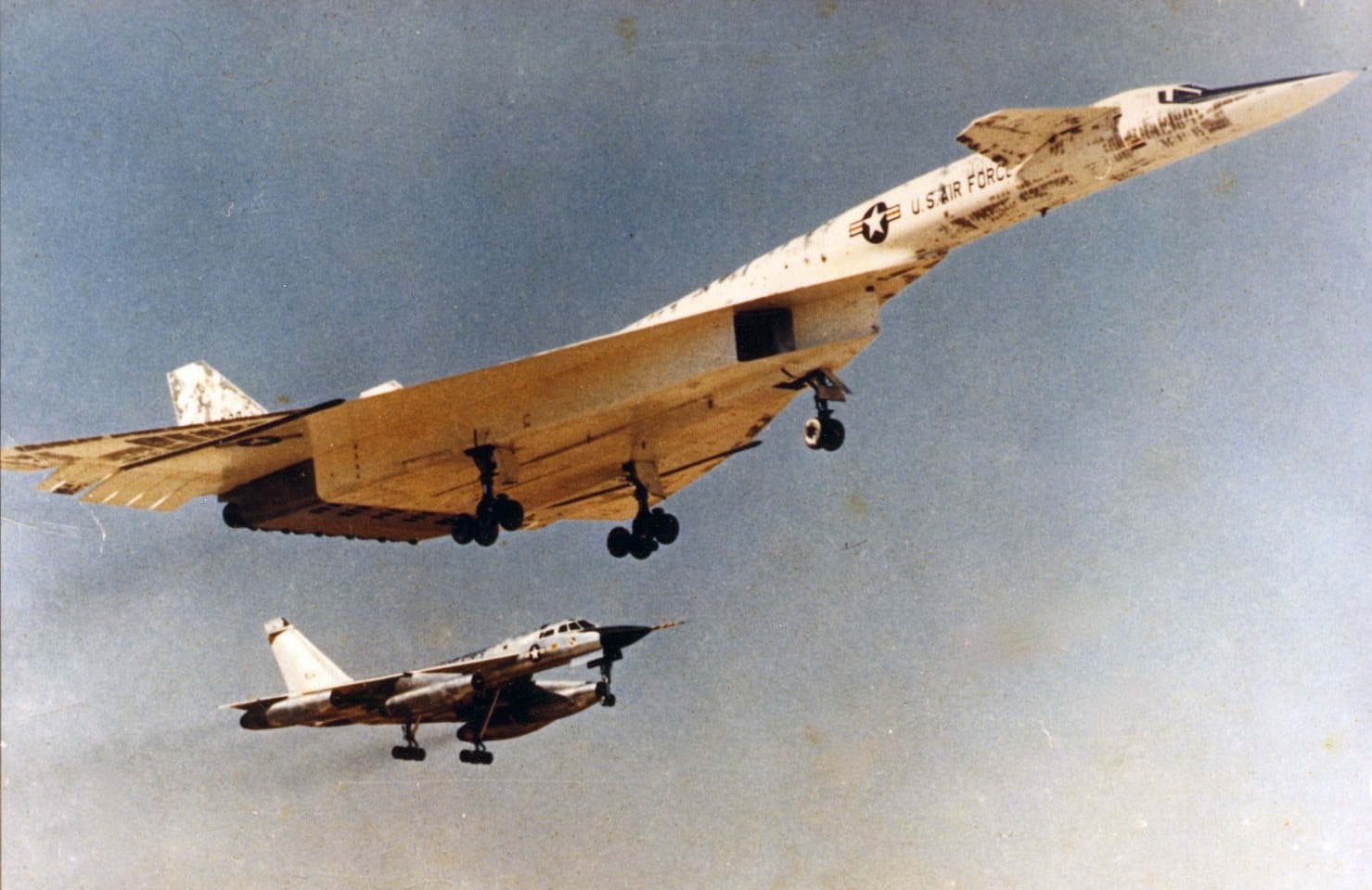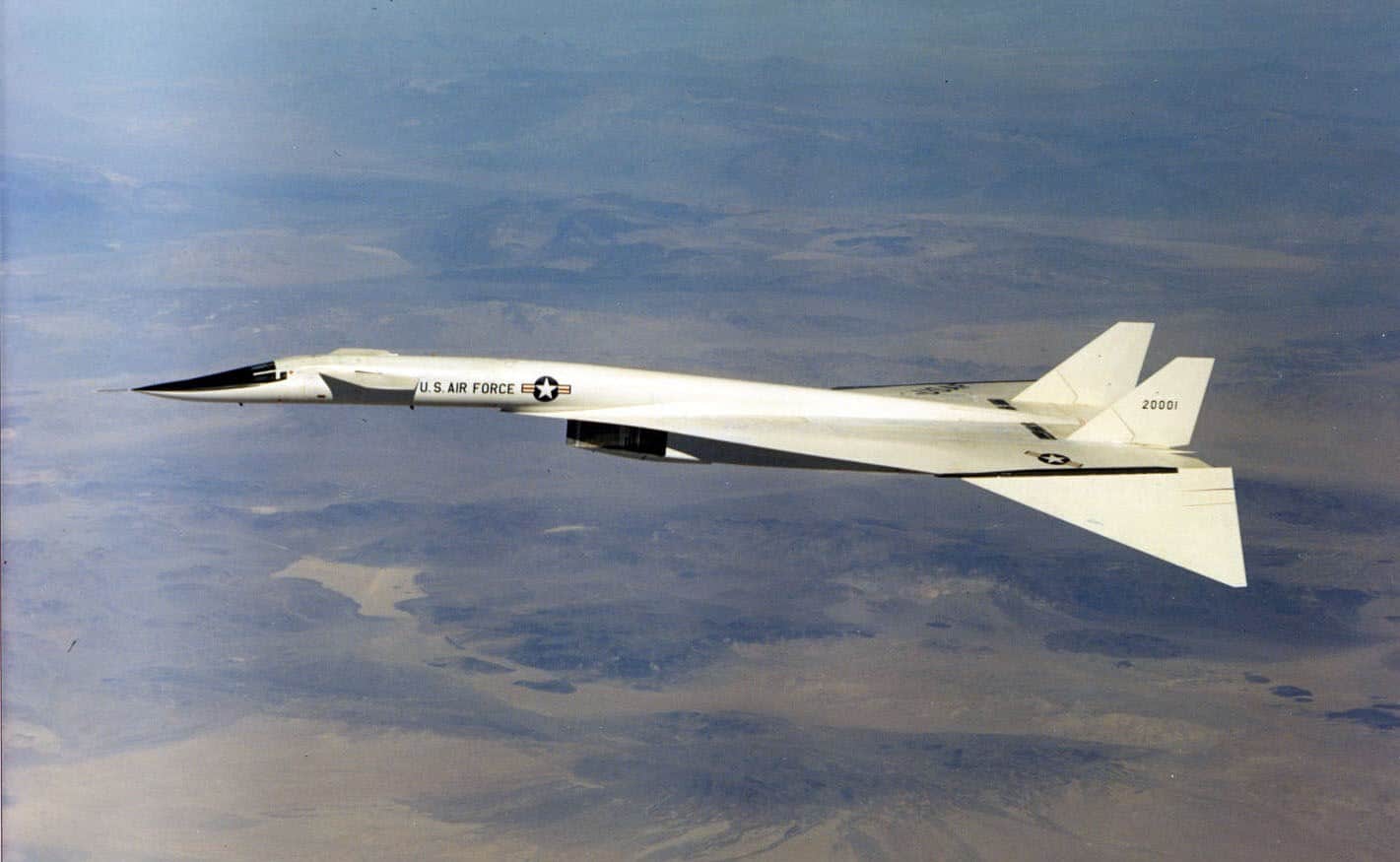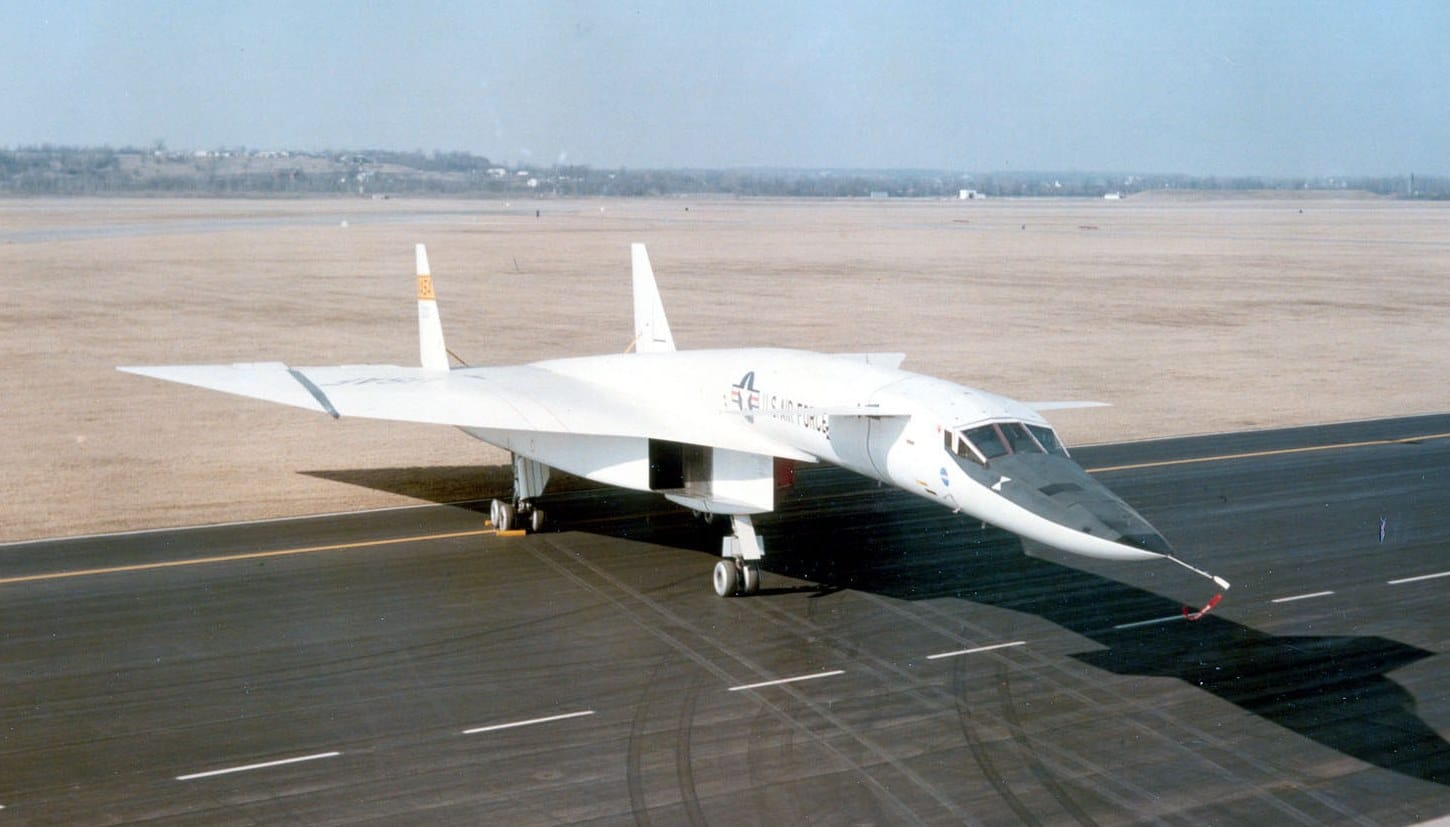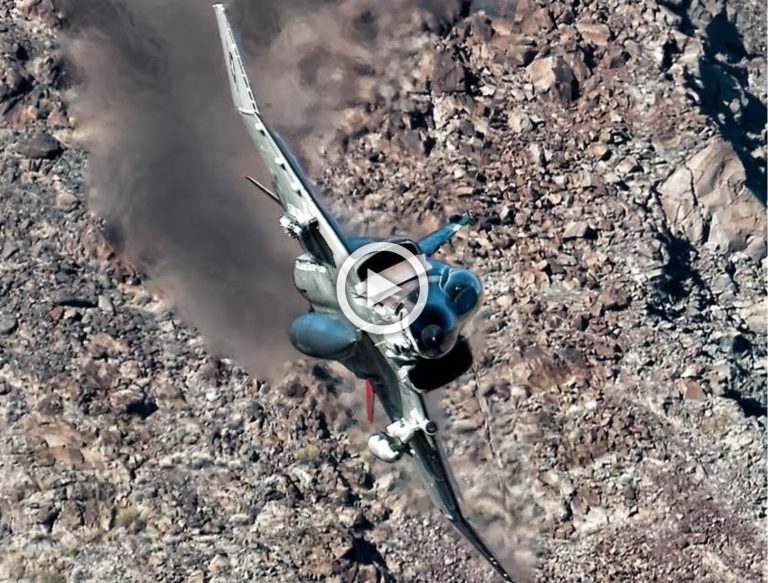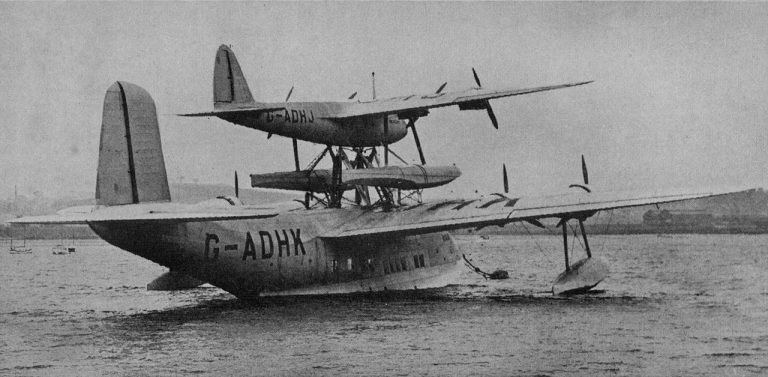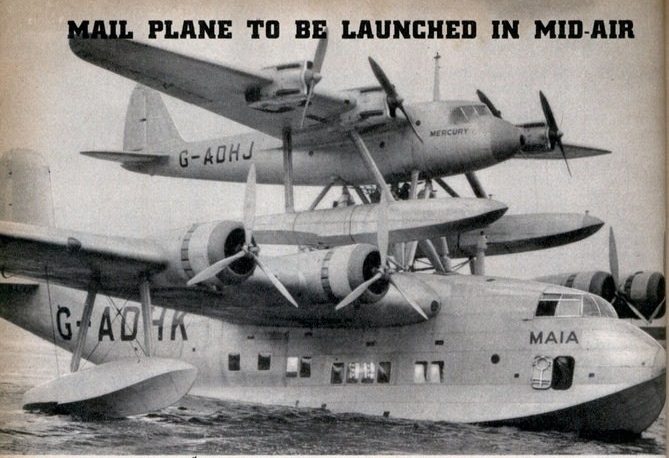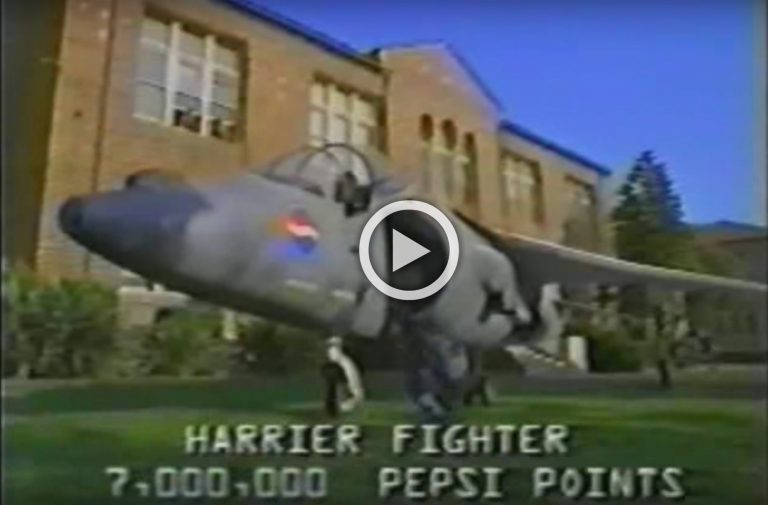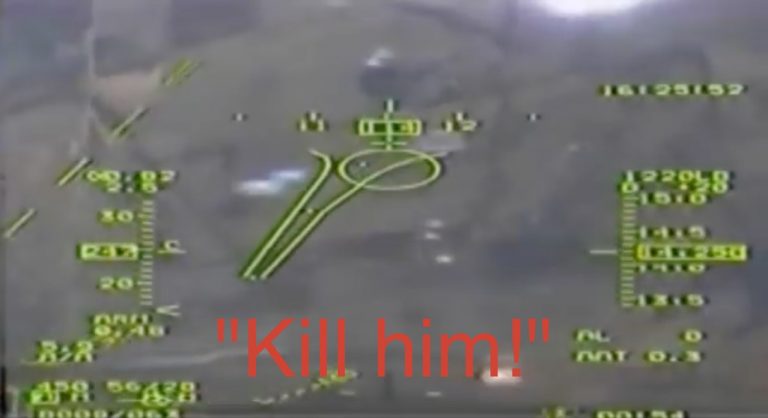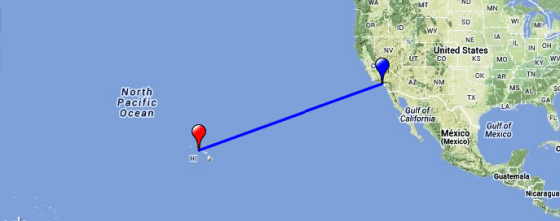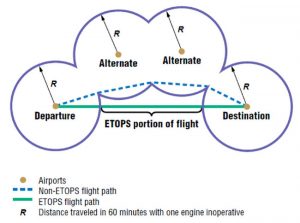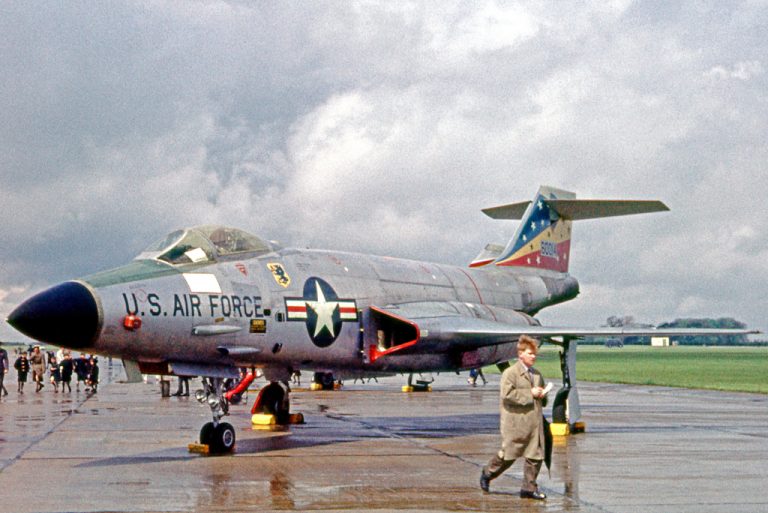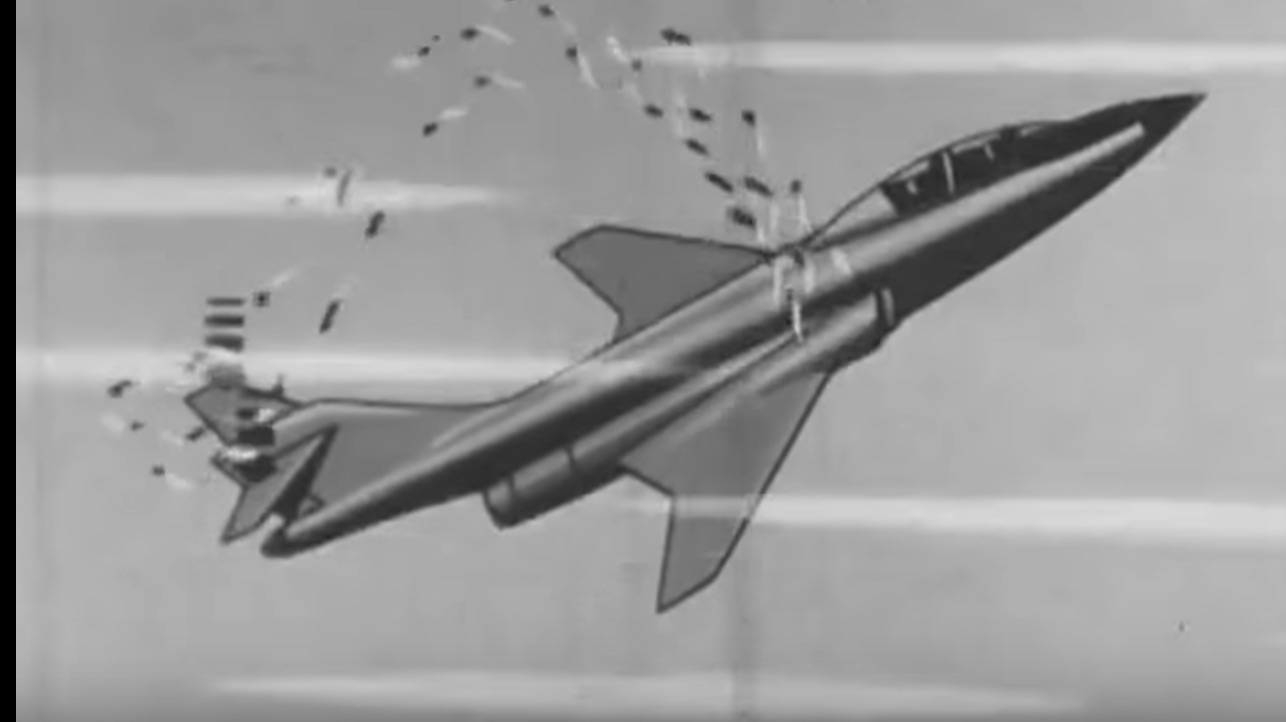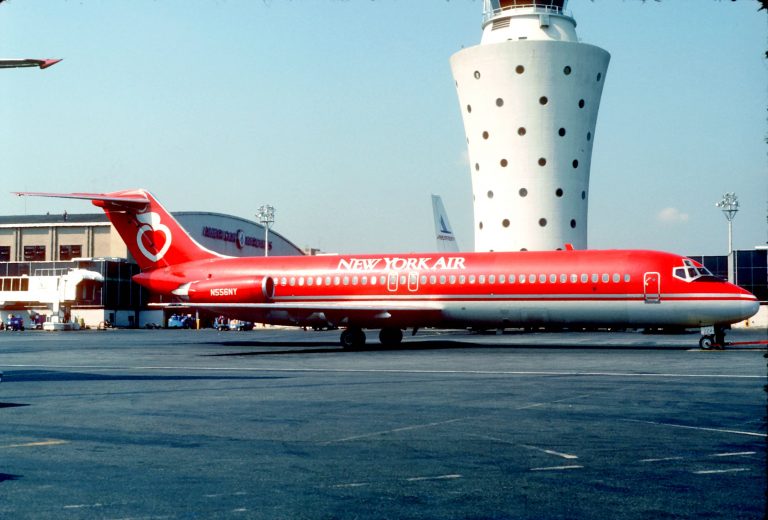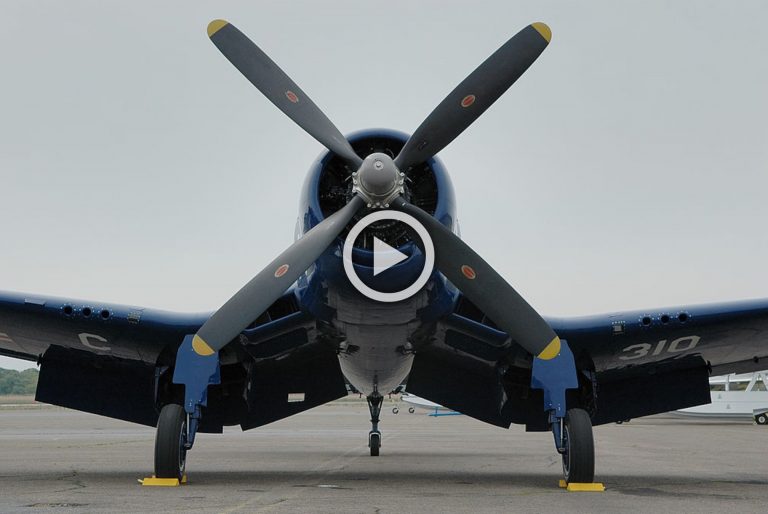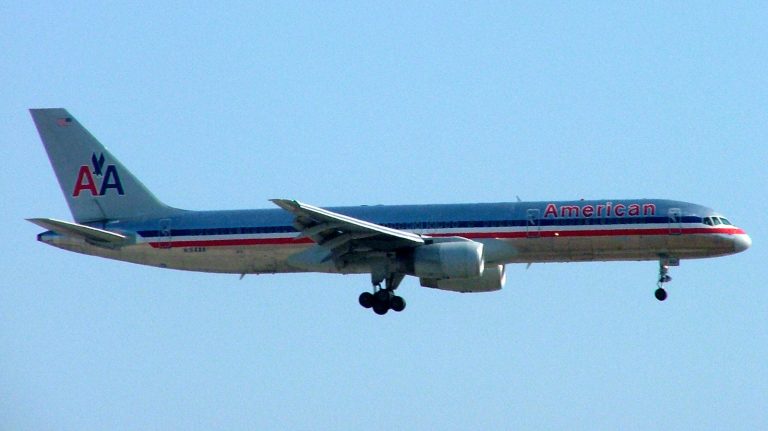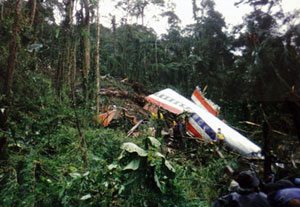Editor’s Note: Whether you fly a Cessna 172 or an F-16, the preflight is an essential part of a safe and successful flight. As part of a series, retired F-16 pilot Nate “Buster” Jaros will share his perspective on how he prepared for a flight.
What are some things people prepare for? Some people prepare for school. They do their homework, they read the required passages, and they get ready for their classes. They sharpen their pencils too. Some people prepare for trips also. They carefully pack important items and take special care to pick out the right clothes they will need on their trip. Don’t forget the bathing suit!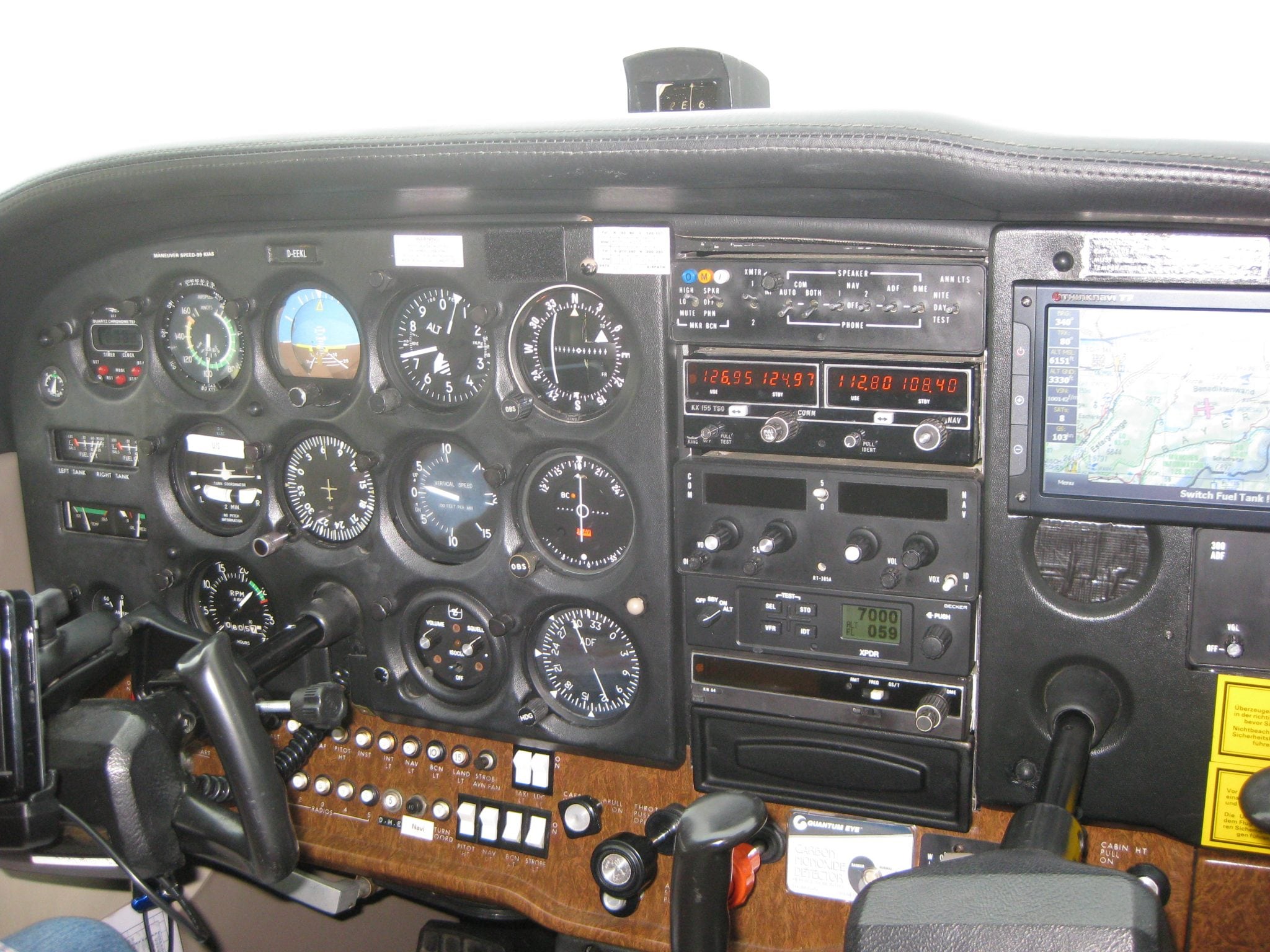
People prepare. We have to, it’s who we are and how we operate. We all think through what might happen in the future, based on past experience and prepare for all possible contingencies, or at least the most possible and likely ones. That’s how you know to pack an umbrella if traveling to London, right?
How do you prepare for a flight in your General Aviation airplane? What is it that you do, based on what might happen in the future to prepare yourself and your aircraft to take to the skies? In aviation, this concept of preparation is commonly called the preflight.
There are many techniques and countless pages written on the unexceptional preflight. I’d say that no one particular set of instructions or concepts is right or wrong, or more correct than the others. They all have their merits, unless you subscribe to the “kick the tires, lights the fires” philosophy, then in that case you’re just flat out wrong. I hope you’re a better, safer and more contentious pilot than that. But you must prepare to go fly, this is life and death we’re talking about here.
I’m not going to waste your time by listing out hundreds of preflight items that you have heard before. Things like ‘check the flap travel’ or ‘feel for nicks on the prop leading edges.’ No. I’m not going to insult your intelligence. I am assuming that you are already doing the things you were taught and what your POH says you should be checking. I am assuming that you are preflighting your own self and your aircraft in a typical fashion.
Instead, we’re going to talk about the things that maybe you haven’t heard before, and some techniques that maybe you didn’t know. Let’s see what we can uncover.
When does the preflight of your aircraft start? Well for me it begins the instant I lay eyes on my plane. Whether it was an F-16 I was flying that day, or my humble Bonanza, when I first see the plane, I begin. I look at what is around the plane. Are there benches, light stands, boxes or other impediments? What about drips or leaks? Any of those under the plane? Are the struts and/or tires low? Basic stuff right? Being a detective here, at this point in your preflight, before you even get to the plane can tell you a lot about what has happened since it last flew and has been sitting on the ground. Use this detective concept and even without touching the aircraft see what information about its condition you can glean.
I once found an oxygen fill port door open on an F-16, not a typical occurrence, but I spotted it easily and with a glance. I asked my crew chief what was up, and sure enough…no oxygen had been serviced from the previous flight. Look for those differences. The little things. It can be that easy. And take note of what stands out as you approach the airplane.
Additionally, you should know what things can kill you. Or really ruin your day. I spend a little extra time on the gear and brakes, the fuel, as well as the flight controls and engine. I spend a little less time counting rivets, or nuts on a panel, things like that. What stuff is really going to hurt you or the plane? Look for that. I might check the lights and flaps, but I can land my Bonanza without lights and flaps…so those items are lower on the priority list. I’m not advocating carelessness, but rather knowing the critical systems and how they operate, and what they should look like during a preflight. What items can bite you?
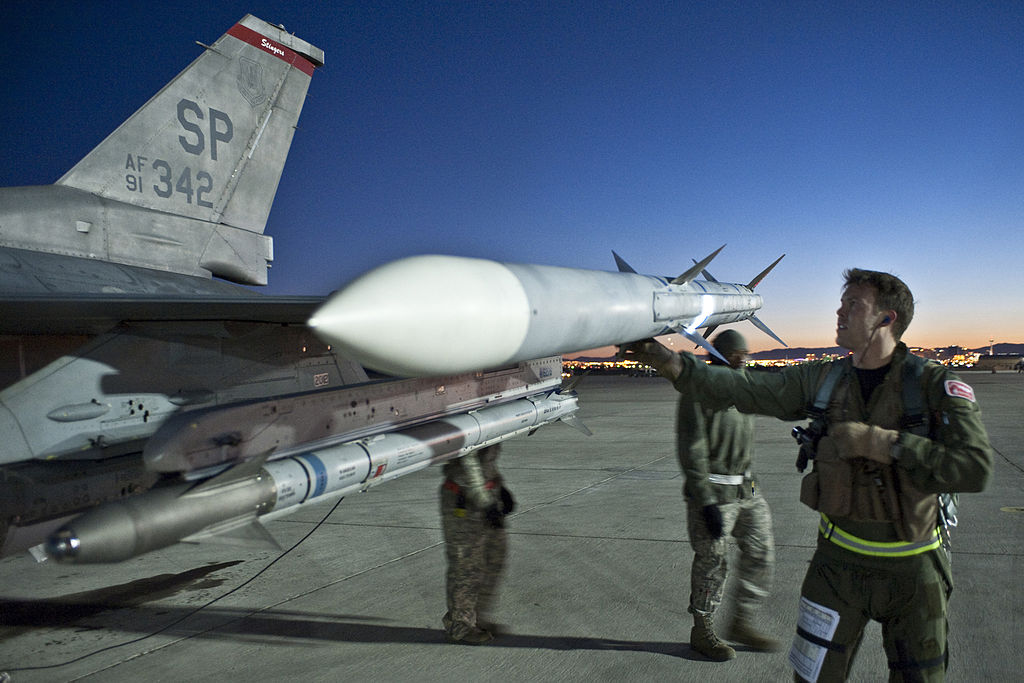 Do I spend a lot of time looking in the engine tail-pipe of the F-16, no. I could look in there all day and not know that it was about to fail, or be a good engine. What I look at is the various sensors and indicators on and around the engine and jet that indicate problems. I also note at how it starts and what numbers and operational limits are exceeded, if at all. How does it ‘feel’ and ‘sound’ when it lights off? Is this a normal start up sequence, or not? What is my engine trying to tell me when a needle fluctuates abnormally on startup? Get the idea?
Do I spend a lot of time looking in the engine tail-pipe of the F-16, no. I could look in there all day and not know that it was about to fail, or be a good engine. What I look at is the various sensors and indicators on and around the engine and jet that indicate problems. I also note at how it starts and what numbers and operational limits are exceeded, if at all. How does it ‘feel’ and ‘sound’ when it lights off? Is this a normal start up sequence, or not? What is my engine trying to tell me when a needle fluctuates abnormally on startup? Get the idea?
I few pilots sometimes report that they heard a funny noise on start-up, or during gear retraction. Guess what? Something is amiss and your plane is “talking to you.” Quite often those are the issues that can cause failures later. Do you have the knowledge and patience to listen?
There is another concept that I adhere to. It’s called the three-strike rule. It was passed down to me by my Air Force instructors. Basically, if you have three strikes before a flight, something is wrong and it’s time to stop and re-evaluate the purpose of the sortie at hand. Or even cancel the flight. This technique is a little more intangible, but I find a lot of experienced pilots follow this rule, or something similar.
The ‘three strike rule’ goes something like this. Maybe during planning you determine the weather on the route or destination is pretty bad, doable, but bad. That is strike one. That is one thing already telling you that something is different. Then you do your walk around and slice your finger on a sharp part of the airplane. You can bandage it up and proceed, it’s not that bad. Strike two. Then after startup, tower can’t find your flight plan in the system. Maybe it’s because you forgot to file one! (This has never happened to me). Strike three.
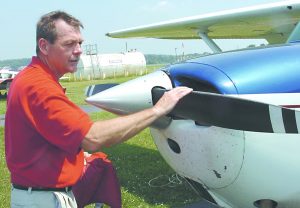 The three strikes can be anything that you deem as significant. Dropping a pencil or misplacing your keys may not be strikes. However, forgetting things, being clumsy, and some acts of God might all be significant enough to warrant a pause, or even a mission cancel. I know it’s a bit superstitious, but when the strikes start to pile up, it’s time to listen.
The three strikes can be anything that you deem as significant. Dropping a pencil or misplacing your keys may not be strikes. However, forgetting things, being clumsy, and some acts of God might all be significant enough to warrant a pause, or even a mission cancel. I know it’s a bit superstitious, but when the strikes start to pile up, it’s time to listen.
Lastly, in the USAF we are taught to do one last thing after the preflight “walk around” checks and just before hopping in the cockpit. Go out in front of your aircraft, maybe 30-50 feet off the nose…and just look at it. Yep just look at it. You’d be surprised how many weird or wrong things you can find. Ever hear of someone taking off with the pitot covers on, or cranking the engine with a tow bar still attached to the nose wheel, or trying to taxi with the chocks still in? Yep, it happens. If you take the time to go out front and just look at the plane, nothing more, you will be surprised on what you can find, and what you might catch. Give it a try.
These preflight techniques are pretty simple, but they can save your bacon someday, just as much as checking weather, or counting bolts on an aileron, or testing the tire pressures. In my mind they all have equal importance in helping any pilot prepare for his or her flight.
Good luck, be prepared and fly safe!

